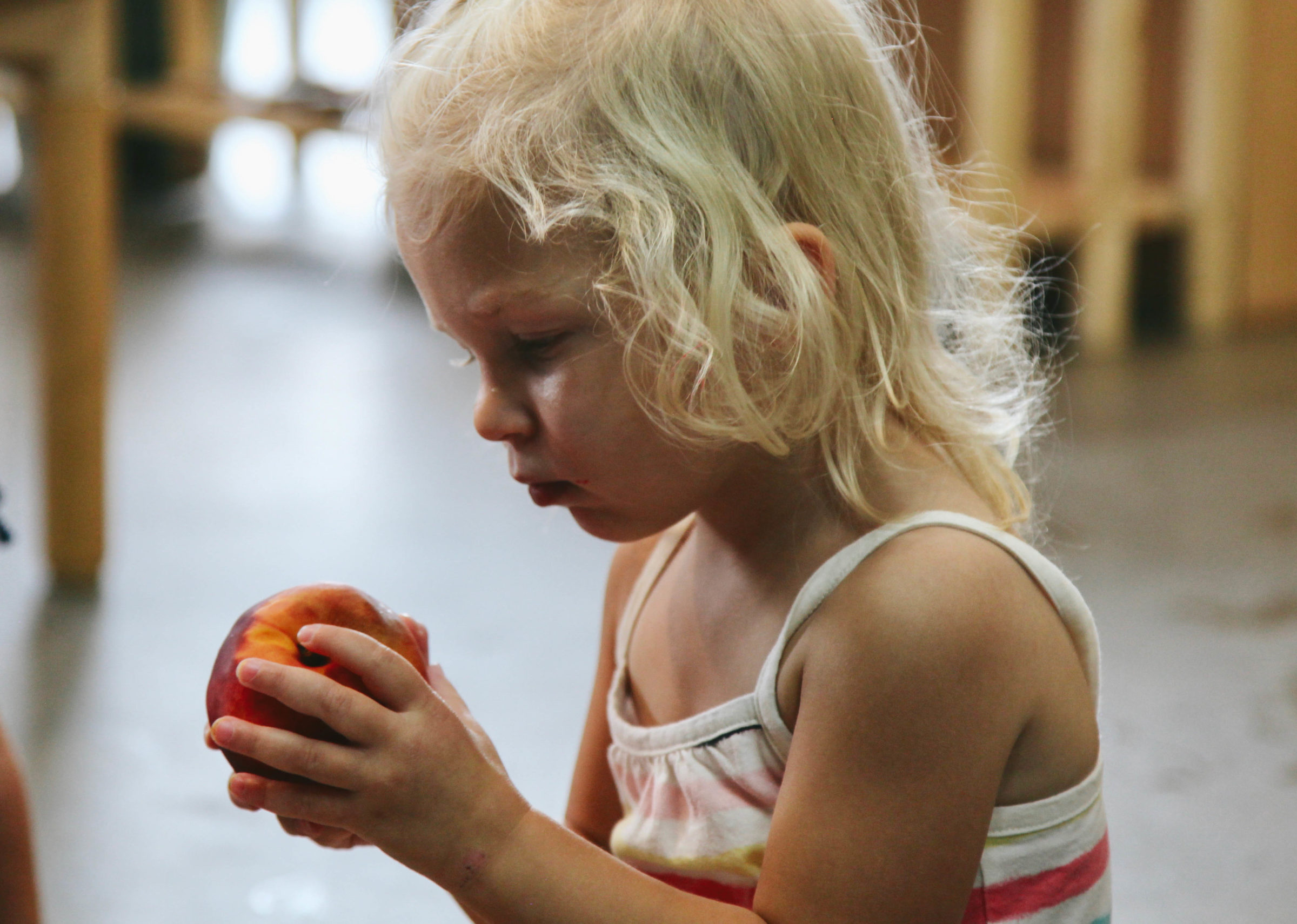Giving Time
Thoughts & Reflections
Whether we know it or not, we live busy lives. Each, in our own way, we strive to accommodate, and sometimes even tackle, our overpacked calendars. Calendars can be extremely overwhelming, especially the digital sort, as they constantly beep, reminding us of a pending appointment, or perhaps one that we just missed.

Sometimes (and here you can read ‘more often than not’) we’re in a hurry to get here or there: to the grocery store or the soccer game; to work on time, or home before our spouse arrives. It’s become a commonplace occurrence: there just isn’t enough time. How often do we hear that phrase repeated? “If only there was more time in the day.” To be sure, there’s just so much to do, and of course, we want to make sure that we have the time to do it all.
In a way, it’s the exact same with children. They want, or should we say need, to have the time it takes to accomplish tasks they set out to effectuate. What do we mean by that? Well, in our estimations, the motor of education, for creating the environment to develop confidence, independence, and the ability to think for oneself, is driven by the time it takes to learn.
What does it mean to “take time”? Whose time are we taking? In this wonderful video, there’s so much at work. What you’ll see is a four year old student, taking the time to tie her shoelaces. It’s only a minute, which means that she’s practiced her heart out. Speaking of hearts, how about those green converse!
The majority of the import of the video is not actually what is depicted on the screen, but rather what falls outside the frame of the camera. Mainly, we’re speaking about the space that was created to afford this four year old the time and confidence needed to complete her tasks: however simple or inconsequential they may seem to us. The creation of such a space takes patience, care, confidence and, in many respects the most important element, time. She felt comfortable enough to take the time the task required.
Putting on our Montessori hats, it’s one of the many reasons we fell head over heels for this approach to education. Montessori creates a space in which time is allowed to blossom. The way Montessori was developed was according to the specific, individual, developmental needs of students. Which is to say, it’s not based on a general, one-size fits all curriculum.
How is this different from traditional approaches? Well, for starters, in the conventional system, everyone is working on the exact same thing, at the exact same time. They’re allotted x amount of time. When that time expires, it’s time to move on. Take, for example, the issue of learning how to tie your shoelaces. While we’ve just witnessed the product of this students tireless efforts, and can imagine her teacher’s fastidious, loving hands and voice helping her every step of the way, picture an environment in which halfway through the task, she was told it was time to wrap things up and move on to the next activity. What would that have done to her confidence?
As adults, and despite our best efforts to optimize our time by planning ahead, waking up early, packing lunches before we go to bed, we simply run out of time. One of the many, incredible benefits of Montessori is that it “gives time” to children. Montessori provides children with the space and confidence that they can take the time it needs for them to accomplish the tasks that they set out to achieve.
Written by:
Bobby George



